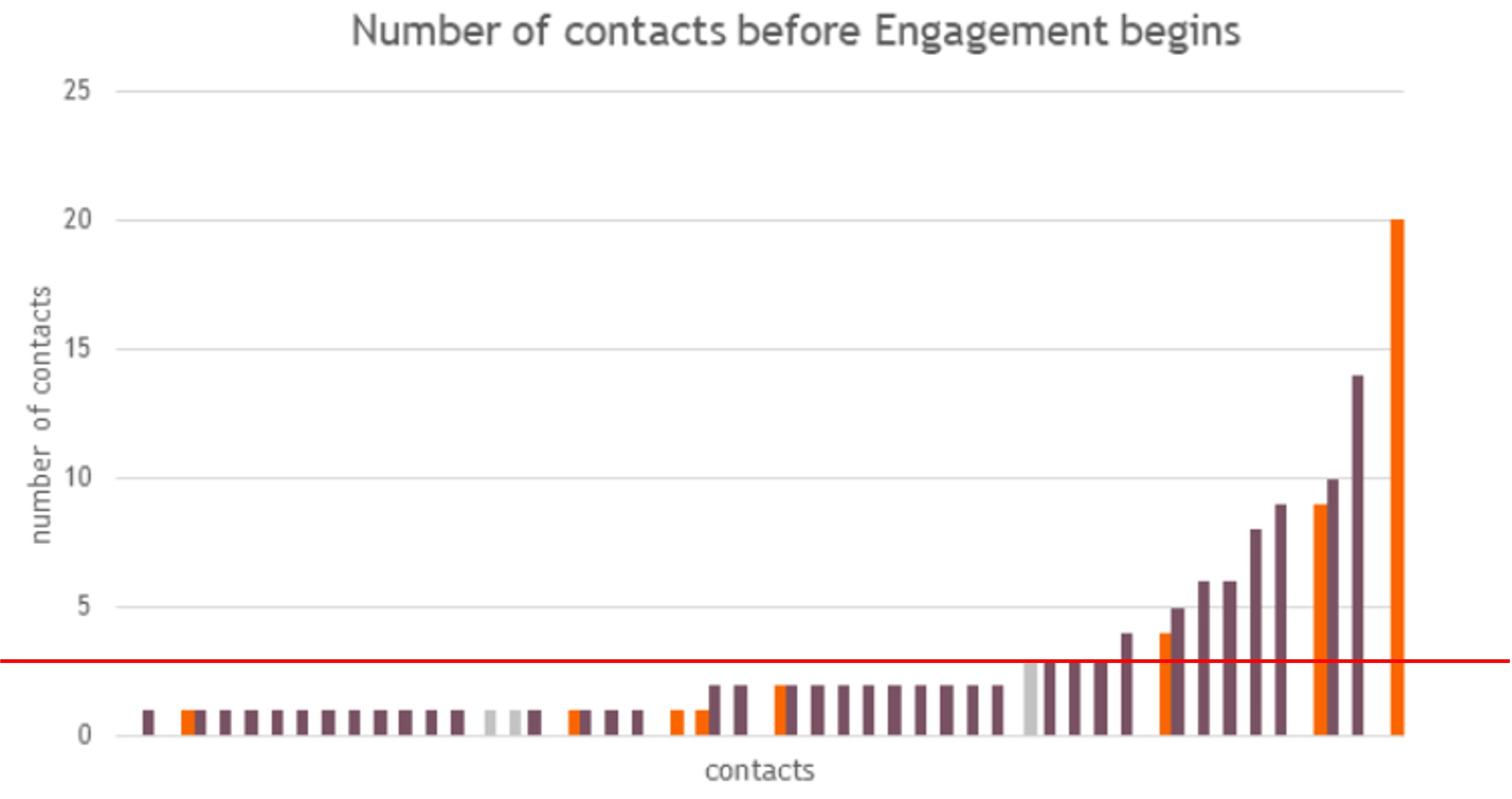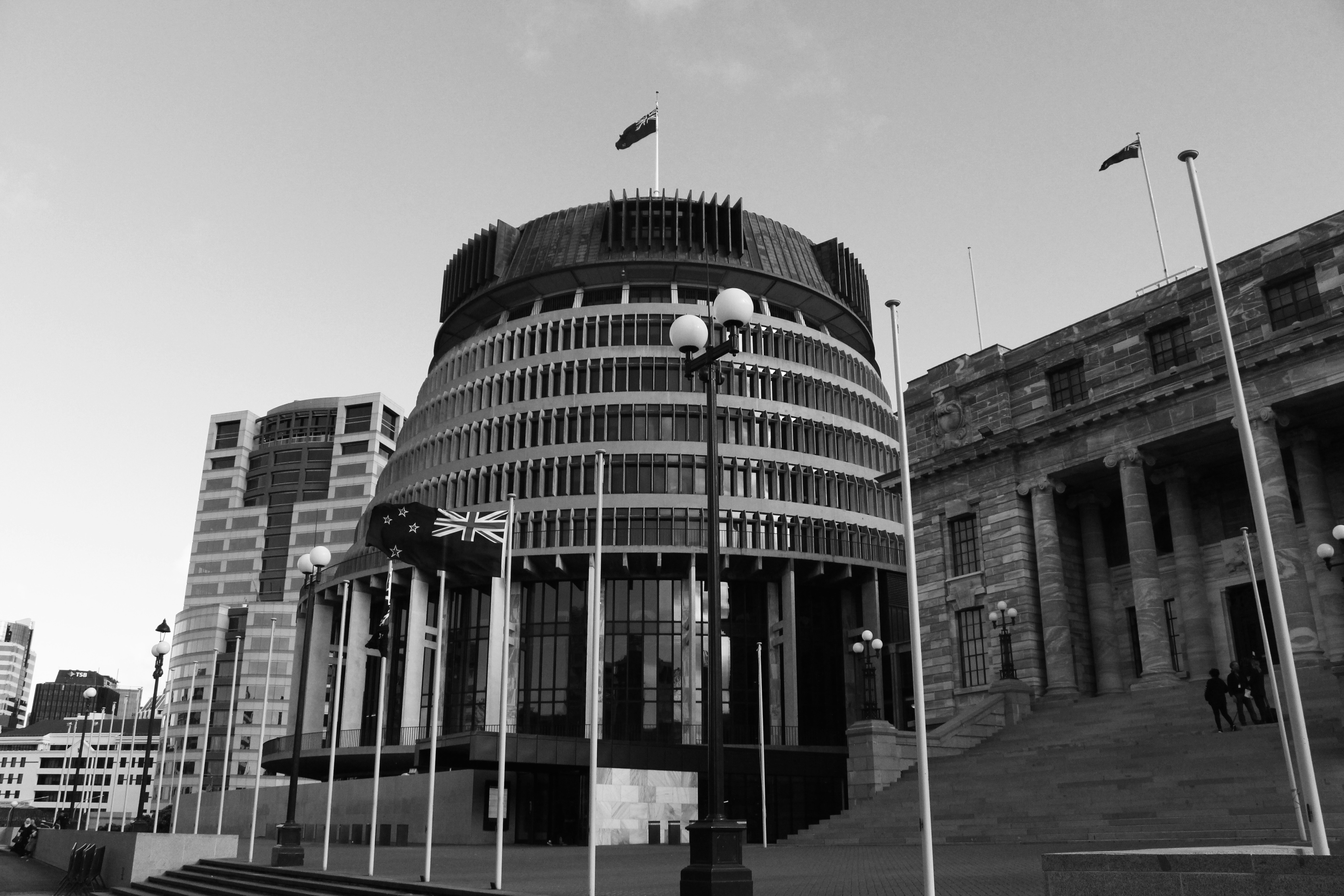Trust is the social sector’s most valuable currency
Trust is a vital social currency in the sector. By combining engagement data with lived experiences, organisations can gain deeper insight into relationships and better understand, measure, and strengthen trust with the communities they serve.


A lesson we’ve learnt time and again across the past 350 GoodMeasure projects is that it’s not enough for a programme to exist. People need to trust it before they’ll engage, and trusting relationships sit at the core of how many impact organisations’ create change.
But how can we measure trust, when it is such a subjective and deeply personal experience?
Two important ways we see organisations' do this is by asking the people they serve, and by observing how people interact with them. It is through this that we can gauge the level of trust which exists. However, many teams – inside and even outside a charity - may be sitting on the operational data that can provide some important clues.
As an example, the graph below shows how often a community nursing group contacted families to encourage engagement with primary healthcare - through visits, calls, or cups of tea. Each bar represents the experience of a family.

The data comes from Te Oho Mauri (TOM), a community nursing initiative in Western Heights, Rotorua. The TOM team identified that many families in their area weren’t accessing healthcare due to mental health challenges, addiction, poverty, and systemic barriers. As a result, children were unnecessarily unwell, presenting late to Emergency Departments, and missing follow-ups.
TOM made trust the foundation of their work. Nurses focused on developing a relationship with families and then seeing what evolved from that. Some families needed two contacts before they felt ready to engage. Some families needed twenty. Once engaged, they were able to work with families to foster belonging and purpose, and to connect with support.
After this approach was enacted, 75% of engaged families either enrolled in mainstream healthcare, or became resilient enough to engage with mainstream services by the end of the programme.
The power of engagement data
Engagement data tracks how often, how long, and in what ways organisations interact with clients - often recorded in case notes, CRMs, or attendance logs. Regularly reviewing this data can help shine a light on how relationship and trust-building are progressing in a programme. It can help answer questions like:
• How long does it take to build trust before someone actively engages?
• How do trust-building needs vary across different client groups?
• Where and when are we losing people along the way?
Even a simple review of existing data can highlight where further investigation or improved data collection is needed.
Insights
For the Policymakers:
The red line in the graph shows what would have happened if the nursing team had stopped after three contacts: one in five families would have missed out on engaging with the service. These are likely the families with the least trust in the healthcare system and the greatest barriers to access. It's crucial to consider whether funding models truly cover the cost of building trust with the communities a policy is intended to serve.

For the Analysts:
Engagement data is a useful and readily available source of insight into the critical dynamics of relationship building for social interventions, when paired with the ‘story behind the numbers’, and followed up with deeper (and likely more qualitative) exploration. As always, data quality is an important consideration in interpreting this data.
For the Frontline Workers:
Improving engagement is one of the most valuable - and often overlooked - ways to increase a programme’s impact without changing its core design. Even small gains can lead to better outcomes by ensuring more people make it to the start line. It’s worth investing in engagement, but to justify that investment, it's important to also show how it drives better outcomes for people.
Taking it further
Engagement data
If you’re interested in ways of measuring and understanding developmental relationships, you may enjoy this paper (https://onlinelibrary.wiley.com/doi/epdf/10.1111/j.1939-0025.2012.01151.x) which was shared with us by the I Have a Dream team.
Technology & Systems
If you’d like to explore how you can better configure your CRM/CMS or technology system to gain insight about engagement, contact our technology partners at Fundamentally
A lesson we’ve learnt time and again across the past 350 GoodMeasure projects is that it’s not enough for a programme to exist. People need to trust it before they’ll engage, and trusting relationships sit at the core of how many impact organisations’ create change.
But how can we measure trust, when it is such a subjective and deeply personal experience?
Two important ways we see organisations' do this is by asking the people they serve, and by observing how people interact with them. It is through this that we can gauge the level of trust which exists. However, many teams – inside and even outside a charity - may be sitting on the operational data that can provide some important clues.
As an example, the graph below shows how often a community nursing group contacted families to encourage engagement with primary healthcare - through visits, calls, or cups of tea. Each bar represents the experience of a family.

The data comes from Te Oho Mauri (TOM), a community nursing initiative in Western Heights, Rotorua. The TOM team identified that many families in their area weren’t accessing healthcare due to mental health challenges, addiction, poverty, and systemic barriers. As a result, children were unnecessarily unwell, presenting late to Emergency Departments, and missing follow-ups.
TOM made trust the foundation of their work. Nurses focused on developing a relationship with families and then seeing what evolved from that. Some families needed two contacts before they felt ready to engage. Some families needed twenty. Once engaged, they were able to work with families to foster belonging and purpose, and to connect with support.
After this approach was enacted, 75% of engaged families either enrolled in mainstream healthcare, or became resilient enough to engage with mainstream services by the end of the programme.
The power of engagement data
Engagement data tracks how often, how long, and in what ways organisations interact with clients - often recorded in case notes, CRMs, or attendance logs. Regularly reviewing this data can help shine a light on how relationship and trust-building are progressing in a programme. It can help answer questions like:
• How long does it take to build trust before someone actively engages?
• How do trust-building needs vary across different client groups?
• Where and when are we losing people along the way?
Even a simple review of existing data can highlight where further investigation or improved data collection is needed.
Insights
For the Policymakers:
The red line in the graph shows what would have happened if the nursing team had stopped after three contacts: one in five families would have missed out on engaging with the service. These are likely the families with the least trust in the healthcare system and the greatest barriers to access. It's crucial to consider whether funding models truly cover the cost of building trust with the communities a policy is intended to serve.

For the Analysts:
Engagement data is a useful and readily available source of insight into the critical dynamics of relationship building for social interventions, when paired with the ‘story behind the numbers’, and followed up with deeper (and likely more qualitative) exploration. As always, data quality is an important consideration in interpreting this data.
For the Frontline Workers:
Improving engagement is one of the most valuable - and often overlooked - ways to increase a programme’s impact without changing its core design. Even small gains can lead to better outcomes by ensuring more people make it to the start line. It’s worth investing in engagement, but to justify that investment, it's important to also show how it drives better outcomes for people.
Taking it further
Engagement data
If you’re interested in ways of measuring and understanding developmental relationships, you may enjoy this paper (https://onlinelibrary.wiley.com/doi/epdf/10.1111/j.1939-0025.2012.01151.x) which was shared with us by the I Have a Dream team.
Technology & Systems
If you’d like to explore how you can better configure your CRM/CMS or technology system to gain insight about engagement, contact our technology partners at Fundamentally

The Social Investment Agency: What we know so far
With SIA’s second funding pathway EOI now closed, we unpack what the Social Investment Agency is, what it aims to do, and what these changes mean for providers in the social sector, kicking off our new series on SIA and outcomes-based funding.

Part 2- Understanding the Intervention Logic
Part 2 of this series, unpacks the Intervention Logic, outlining how it differs from a Theory of Change and the role it plays in mapping programmes, evaluating outcomes, and supporting clear communication with stakeholders.

Part 1- Understanding the Theory of Change
In the first article in this two-part series we introduce the Theory of Change, a flexible framework that maps how services create impact. It explains its purpose, benefits, and why it’s a powerful tool for guiding, testing, and communicating change.

Why measuring social impact matters to funders and housing providers
Measuring social impact in housing helps funders and providers target services to residents’ real needs, improve wellbeing, reduce costs, and guide smarter decisions across the housing lifecycle with stronger outcomes for people and communities.
Get in touch
We help impact organisations know, show and grow their social impact. Let’s work together to do good, better!



